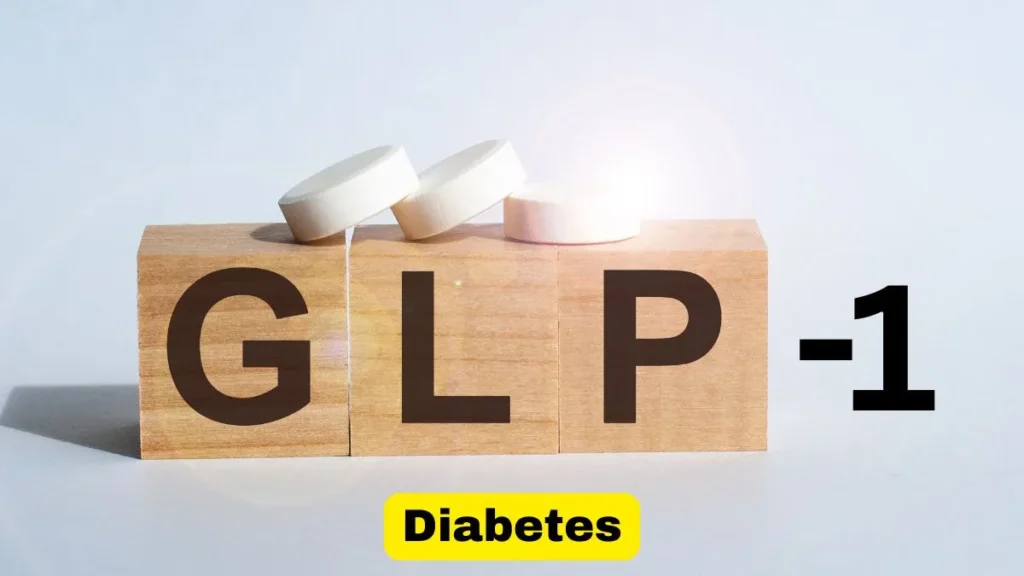The side effects of diabetes and weight loss drugs among the GLP-1 diabetes drugs, such as Ozempic, Wegovy, and Mounjaro, are growing to become a new problem in the U.S. as the number of prescriptions of the drugs augments. These agonists are GLP-1 receptors, which were initially formulated to assist in regulating sugar levels in type 2 diabetes, although it is currently widely implemented in the prevention of weight gain. But are they safe? In this article, we will decode the most common side effects, identify who is at risk of experiencing them, and discuss what doctors suggest to make better health choices.
What is GLP-1? What Is It Used For?
GLP-1 (glucagon-like peptide-1) is a hormone that regulates sugar and food intake. Some pills copy GLP-1 drugs that:
Diabetes centre blood glucose
Encourage weight loss by suppressing the appetite
Slow gastric emptying for improved blood sugar control
These side effects have revolutionized GLP-1 diabetes and weight loss medications, but alongside them are potential inconvenient side effects.
Common Side Effects of GLP-1 Drugs
1. Nausea and Vomiting
Almost everyone finds that the side effects of most trademarked salt sticks are mild to moderate nausea, especially after the first dose.
2. Diarrhea or Constipation
Digestive issues are not uncommon on that account of how GLP-1 slows down digestion.
3. Headaches and Dizziness problems.
The symptoms can be due to dehydration or blood sugar fluctuations.
4. Fatigue or weakness
Some people feel fatigued when their body gets used to smaller amounts of calories.
5. Antidote inorganico.
Redness, swelling, or pain at the injection site may happen.
Some Severe Rare Side Effects
- Pancreatitis- inflammation of the pancreas
- Diseases of the gallbladder- gallstones
- Kidney issues, dental hygiene clubs Kidney problems were particularly prevalent among dehydrated users
- Thyroid tumors- animal studies that no one has been able to confirm in humans.
Never forget to visit your doctor in case you have persistent pain in the abdomen or jaundice.
Who Should Avoid GLP-1 Drugs?
-
People with a history of pancreatitis
-
Those with multiple endocrine neoplasia syndrome
-
Anyone with a medullary thyroid cancer history
-
Pregnant or breastfeeding individuals
What to Do Before Starting a GLP-1 Drug
-
Get a full medical evaluation
-
Discuss medications & allergies
-
Set realistic expectations
-
Monitor blood sugar levels closely
The side effects of diabetes and weight-loss drugs that specifically address GLP1 are actual, although the advantages of this kind of drug have been seen to be more than the disadvantages by most individuals. Such drugs are useful in dropping weight and dealing with diabetes, yet they should be used under the care of a doctor.
Think twice before you decide to use a potential GLP-1 such as Ozempic or Wegovy, learn how dangerous it can be, and how a change of lifestyle can help you.
Top 5 FAQ About GLP-1
With the supervision of the doctor, they are relatively safe, though long-term research is in the works.
The most reported ones are nausea and GI discomfort.
Yes, on prescription and under medical supervision.
The outcomes are not the same, and users tend to notice improvements within 4-8 weeks.
There are mood changes in some users; never fail to report such to your doctor.
